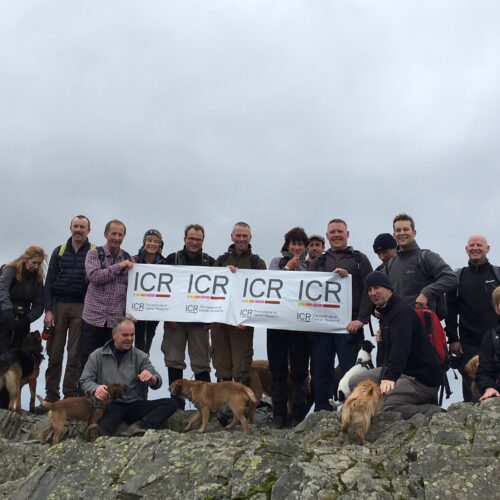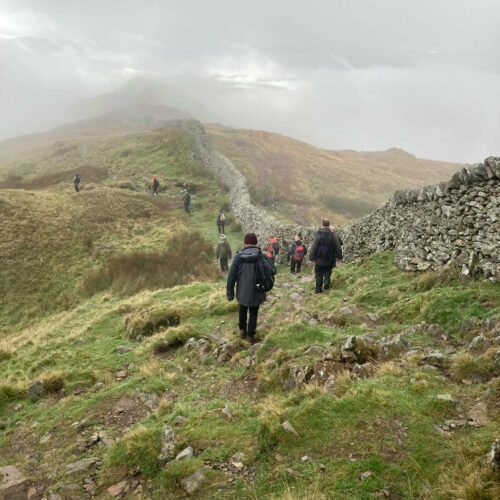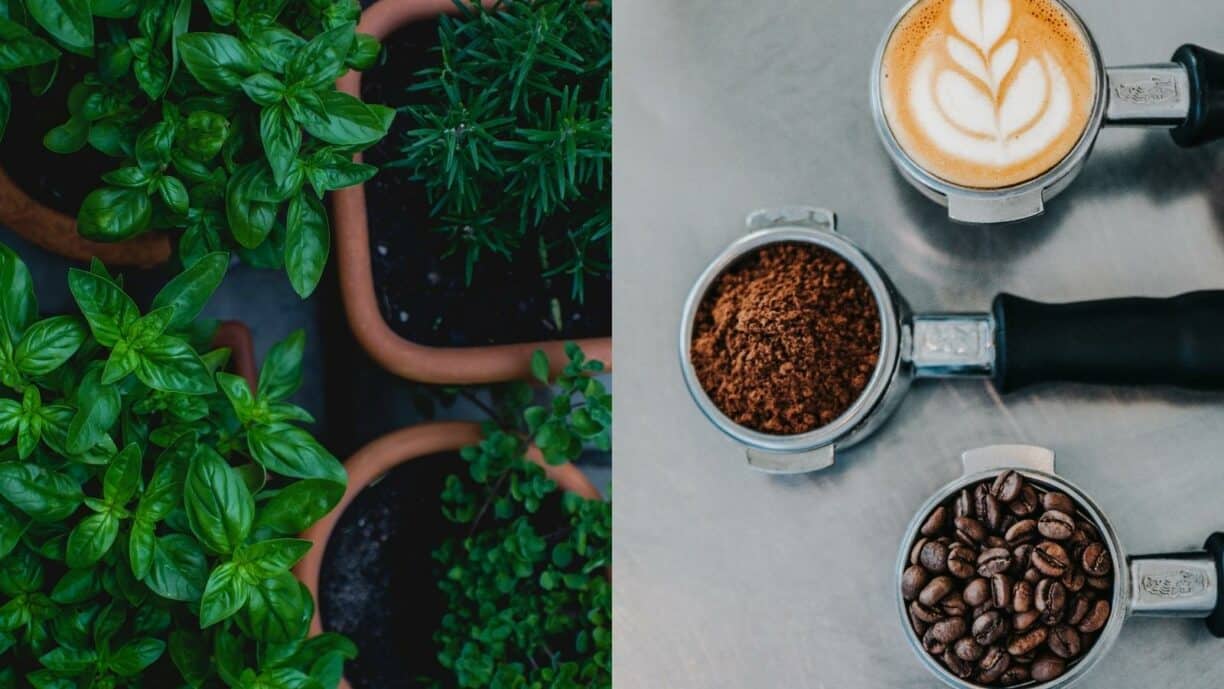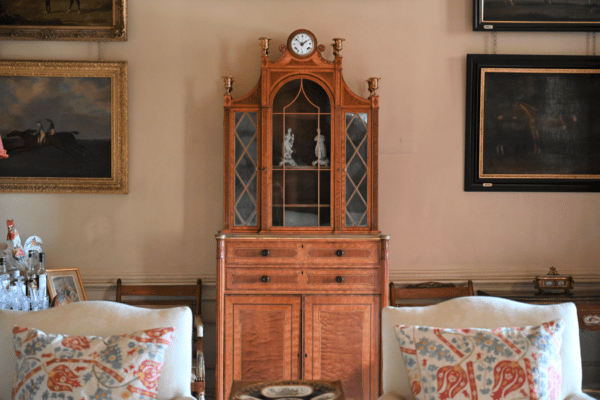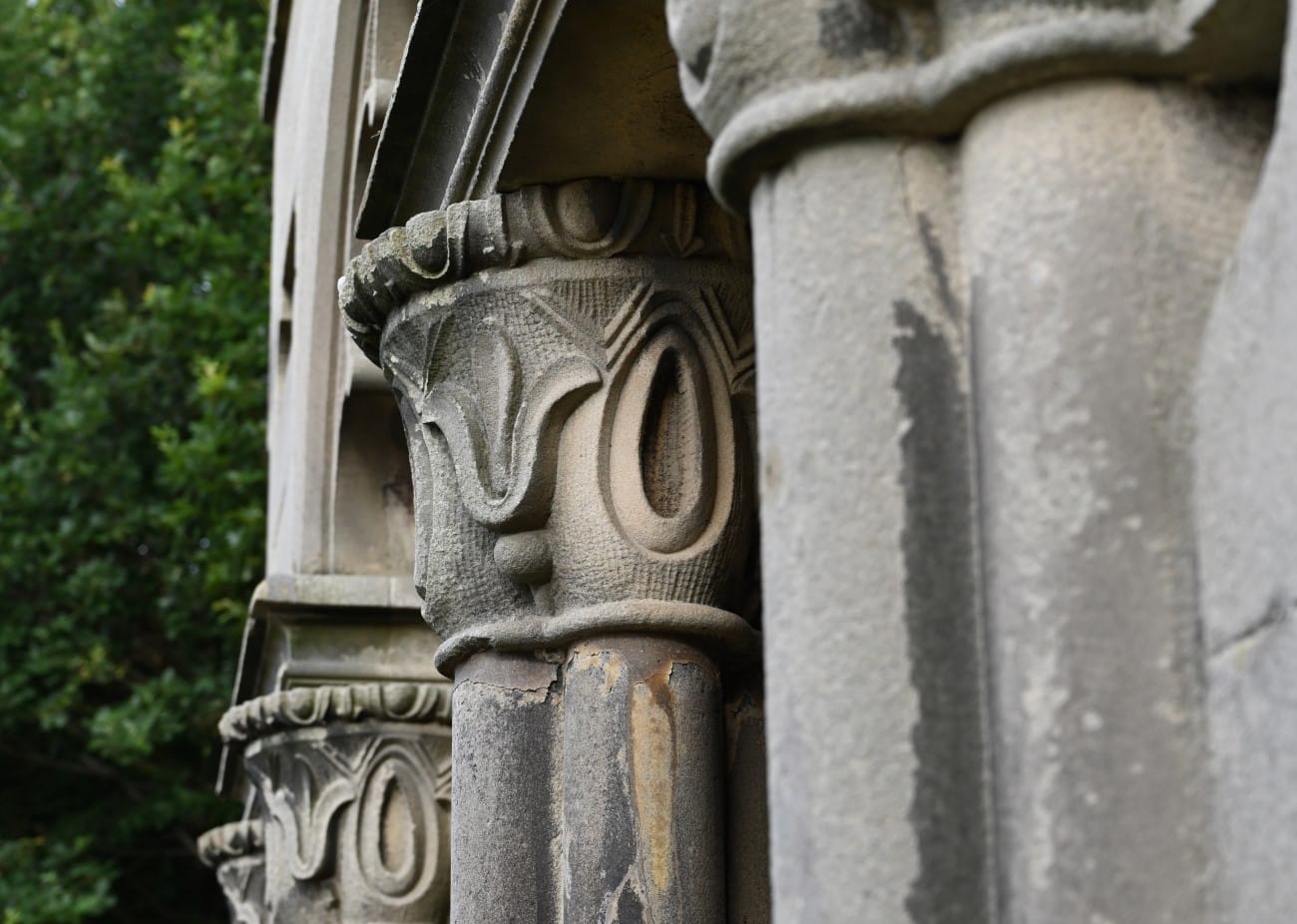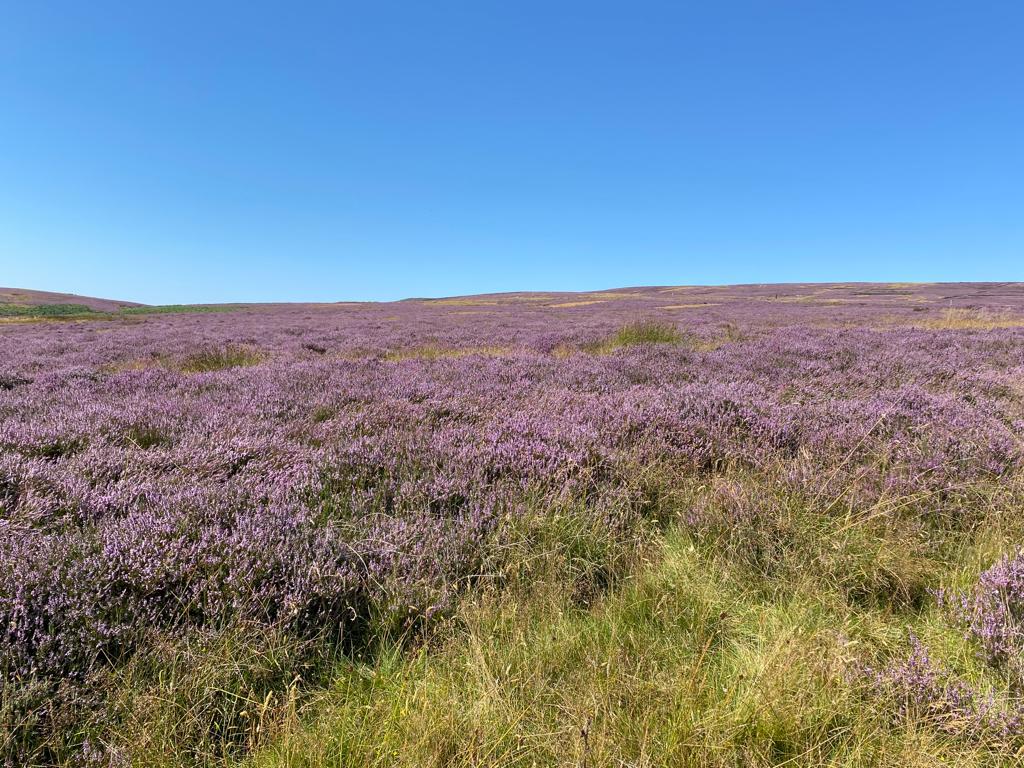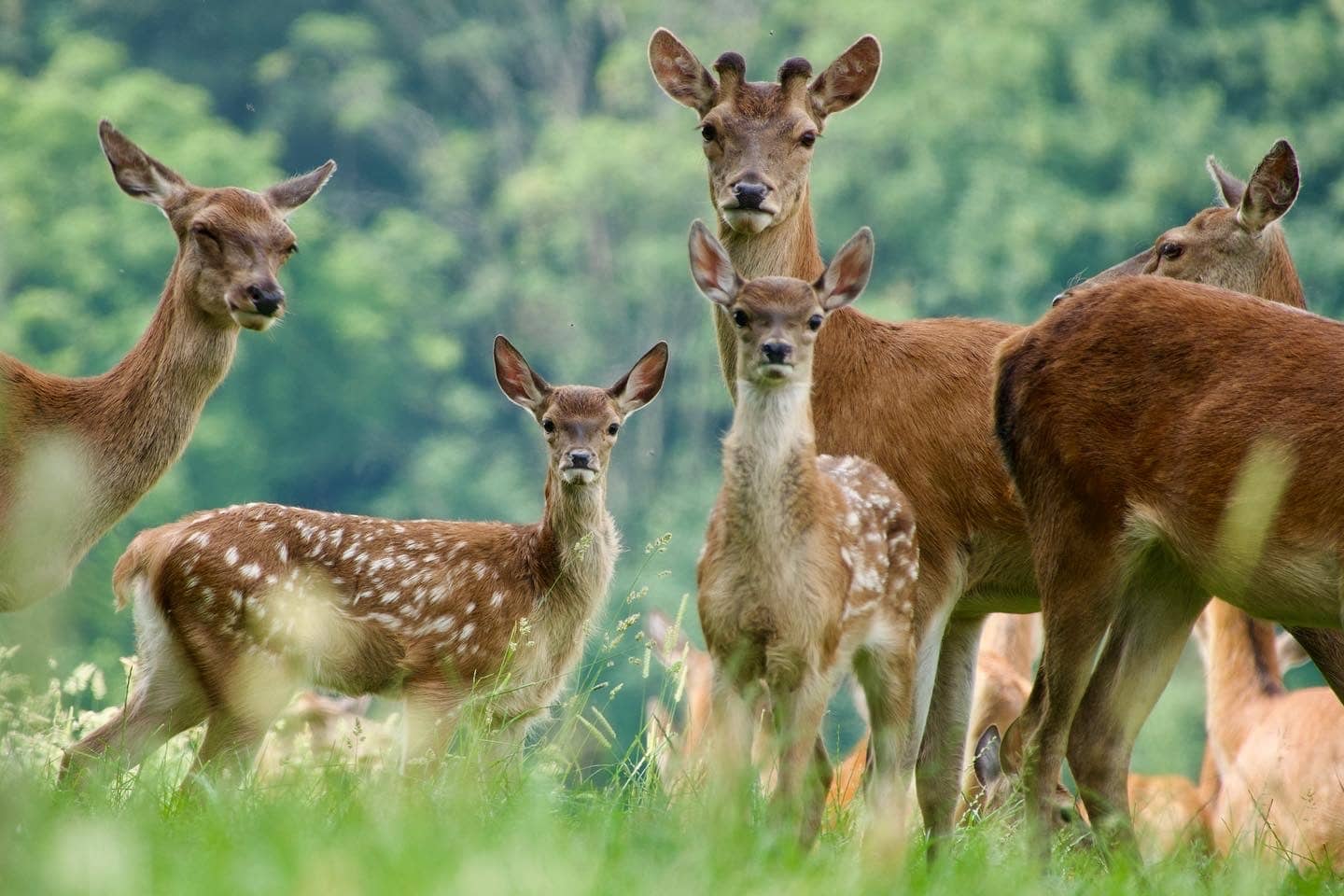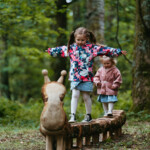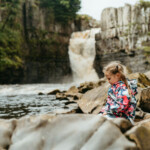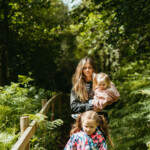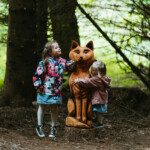In partnership with the Game and Wildlife Conservation Trust (GWCT), Raby are participating in a large-scale project to estimate the population size of breeding curlew in Upper Teesdale by extrapolation from a habitat�stratified sample survey. The findings will then be used to continue and build on a north of England Uplands Curlew Recovery Project.
The breeding population of Eurasian curlew is declining across almost its entire range, with estimates suggesting a 20 to 30% decline in the last 15 years. For this reason, curlew are identified as a “Globally Near Threatened” species and on the IUCN Red List of Threatened Species.
The UK population represents about a quarter of the global breeding population, with larger populations only found in Finland and Russia. The rate of decline in the UK, estimated at a halving of the breeding population in the last 25 years, is amongst the highest recorded, and as a result, the curlew is now regarded as a bird of conservation concern.
In Britain, the curlew was historically a common species, breeding in marshes, meadows and arable fields as well as on moorland, the extent and quality of which have probably declined. Poor breeding success, often attributable to clutch and chick predation, typically by foxes, stoats, crows and gulls, is accepted as the principal reason for decline. In Europe, over half of published studies involving measured breeding success, quote less than the 0.5-0.6 fledglings per pair per year required to offset adult mortality and to maintain a stable population (Grant et al. 1999).
Unpublished recent estimates by the British Trust for Ornithology suggest a UK population of 58,000 breeding pairs. Of these, approximately half occur in England and Wales and half of those, circa 14,000 pairs, occur in the area of the Northern Upland Chain Local Nature Partnership (NUCLNP) making it a stronghold for curlew. This area covers five protected landscapes; Northumberland National Park, Yorkshire Dales National Park, North Pennines AONB, Nidderdale AONB and the Forest of Bowland AONB.
Within the upland parts of the NUCLNP decline rates are thought to be much lower than in much of the rest of the UK, and even suggest a stable population. One contributing factor to this is the way the uplands are managed for grouse shooting and conservation, which has a pivotal role in conserving curlew in the UK. This link between management associated with grouse moors and sustained populations of breeding curlew was demonstrated by the GWCT’s Upland Predation Experiment on moorland in North Northumberland. Here predator control led to a three-fold increase in the breeding success of curlew and other waders and annual increases in their breeding numbers (Fletcher et al. 2010). The moors and marginal farmland of Upper Teesdale, situated within the North Pennines AONB component of the NUCLNP, are widely renowned as a stronghold for several species of breeding waders, including curlew. Upper Teesdale forms part of the internationally designated North
Pennines Special Protection Area, which is classified for, amongst other things, breeding golden plover.
The proposed study will build on recently collected moorland bird survey data in Upper Teesdale by conducting a random sample survey across the array of upland curlew habitats present. These data will be used to make a habita based extrapolation to an estimated population size for Upper Teesdale. For this purpose, Upper Teesdale is defined as the watershed of the River Tees and its tributaries upstream of Cotherstone Village.
The proposed survey area of Upper Teesdale lies upstream of the village of Cotherstone and contains 471 1-km OS grid squares of potentially suitable curlew habitat either on moorland or within 2 km of the moor boundary. This total includes 30 squares of mainly inbye fields situated more than 1 km from the moor boundary wall but excludes five squares of predominantly coniferous forest and one square consumed by the village of Middleton-in-Teesdale. A randomised survey of 1-km grid squares, stratified by habitat, is underway. All squares will be assigned to one of five main habitat types; blanket bog, shrub heath moorland, white grass heath, rough grazings and inbye fields.
Mean curlew abundance in each of the five surveyed habitat types, together with the number of squares predominantly containing that habitat type, will be used to extrapolate to the number of birds within each habitat category. These habitat-specific totals will give an overall curlew population estimate. Such calculations may also be considered for other species such as golden plover for which the SPA is designated.
We eagerly await the survey results and look forward to supporting such a significant conservation project of this iconic upland bird.



